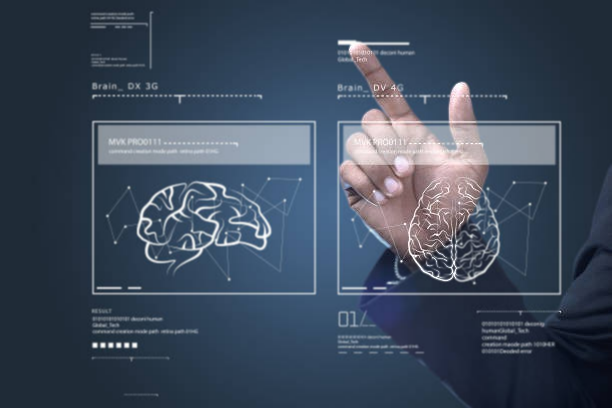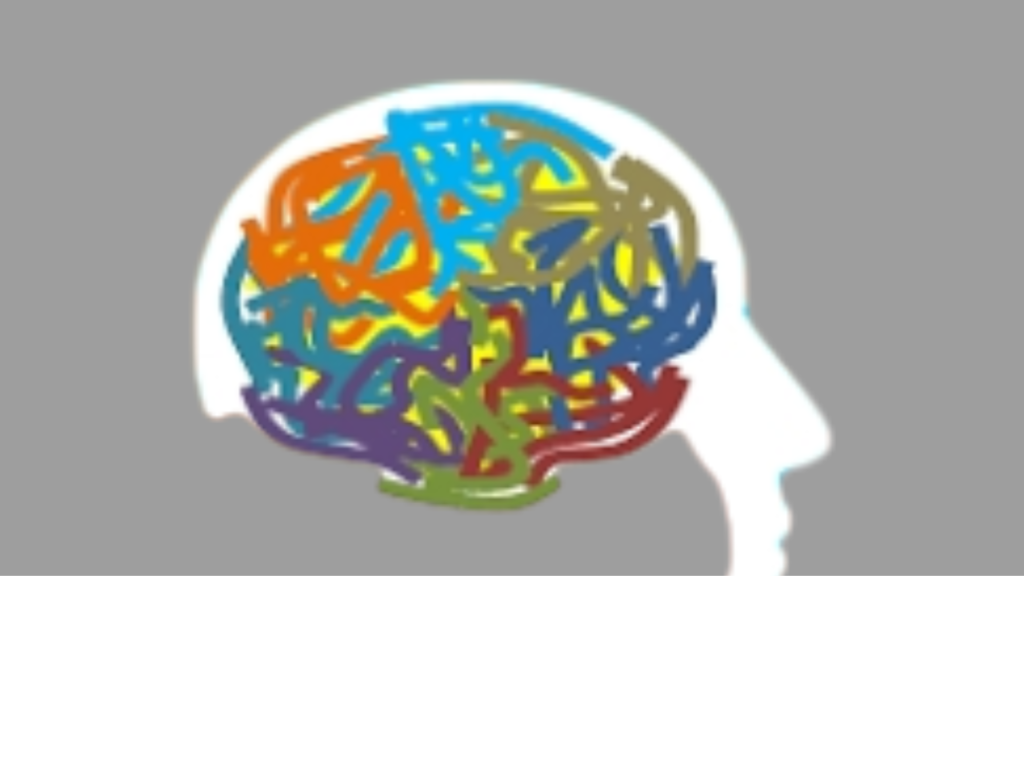The term ASMR refers to a tingling, relaxing sensation that certain individuals report feeling in response to specific visual or auditory stimuli or when they receive close personal attention. Autonomous sensory meridian response is referred to as ASMR. Meridian denotes the energy of the sensation in your body; autonomous denotes that the feeling is within your body; response denotes that the feeling is a reaction to external stimuli.
What is ASMR?
Autonomous sensory meridian response (ASMR) is a sensory-emotional phenomena that is typified by the sensation of paresthesia, or a “tingling” or static-like feeling. The scalp, back of the neck, upper spine, and other body parts may all experience tingling. Specific tactile, visual, or auditory inputs, as well as deliberate attention control, can cause the experience. Whispering, gentle speaking, tapping, scratching, slow, deft hand gestures, and close personal attention are examples of these extrinsic (and frequently social) triggers (Barratt and Davis 2015). In recent years, ASMR has been increasingly popular among younger generations and the media culture, despite the dearth of scientific investigations on this phenomena.
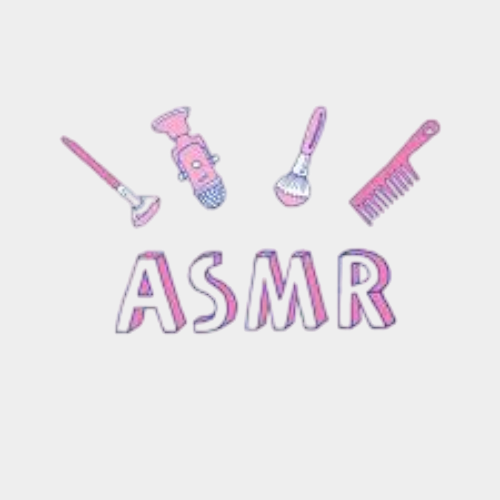
Similar to but different from aesthetic shivers brought on by music or breathtaking scenes, ASMR can also produce a kind of frisson (Poerio et al. 2018). Although there seem to be some parallels between ASMR and frisson, such as pleasant pilomotor activity and/or goosebumps with a common topical distribution in the neck, shoulders, and head, it is important to remember that they are two separate phenomena. For example, rather than describing the topical (skin-related) response as goosebumps, ASMR responders more often describe it as a “tingling” sensation. The most obvious distinction between frisson and ASMR is that the former produces tingling sensations that are more intense and prolonged, while the latter is more intense and involves human whispered voice (Kovacevich and Huron 2019).
Who Has ASMR Experiences?
Not everyone feels ASMR, just as not everyone gets chills when they listen to heartfelt music. Not enough research has been done on the phenomena to determine what proportion of the population is affected.
Many people who report having experienced ASMR initially notice this joyful, relaxing feeling in their early years when they are being paid particular attention to or witness someone attentively carrying out a task.
The best indicator of ASMR is whether you experience “chills” or a shivering feeling in reaction to specific stimuli. You most likely do experience ASMR if you get this pleasant feeling when you see, hear, smell, or touch something.
However, it should be noted that each person reacts to triggers in a unique way. A person may feel this when they hear whispers, while someone else may feel it when they see someone playing with their hair.
Signs of ASMR
Although the chills that some individuals get from staring at an amazing painting or from listening to a moving speech or piece of music are somewhat similar to ASMR, the two sensations are not the same medically.
It is believed that although chills are more biologically stimulating, ASMR’s effects are more relaxing and slightly sedative.

- Whereas chills from art and music could start elsewhere, such as your limbs or spine, ASMR tingles begin at the top of the head.
- People who use ASMR report feeling tingly and pleasant, which is similar to the sensation some people get when someone tickles or massages their arm and gives them shivers or “goosebumps.”
fundamental feature
But ASMR can happen even when there is no contact. “A fundamental feature of ASMR is that it’s a stimualus in an alternative modality that elicits a sense of touch and relaxation,” according to Dr. Giulia Poerio, a University of Essex psychology professor and author of a peer-reviewed study on the phenomenon. Thus, it’s almost like having a synesthetic experience in certain aspects.
In that you see visual and audio cues that elicit an almost tactile sensation, ASMR is similar to a crossing of the senses. It feels like you’re getting a massage on the back of your head, just without any physical contact.
Individuals who report having ASMR describe feeling:
- Calm
- More capable of handling sadness, anxiety, and sleeplessness
- calm and drowsy
Poerio and her colleagues conducted study and found that, in comparison to those who do not experience ASMR, those who do exhibited a substantial decrease in heart rate while watching videos that elicit ASMR.
In fact, watching ASMR videos caused the average heart rate of those who experience ASMR to drop by 3.14 beats per minute.4This rate is similar to declines observed in clinical trials with other relaxing techniques, such as mindfulness and music.
Types of ASMR
For people who suffer from ASMR, scenarios like getting their feet measured at a shoe store, witnessing someone apply makeup, getting their hair combed or trimmed, being checked into a hotel, or hearing a teacher carefully go over something with students on a worksheet could cause them to react in this way.
Certain circumstances as well as the senses of sight, touch, or sound can all serve as stimuli that cause an ASMR reaction. Among the most typical ASMR triggers are:
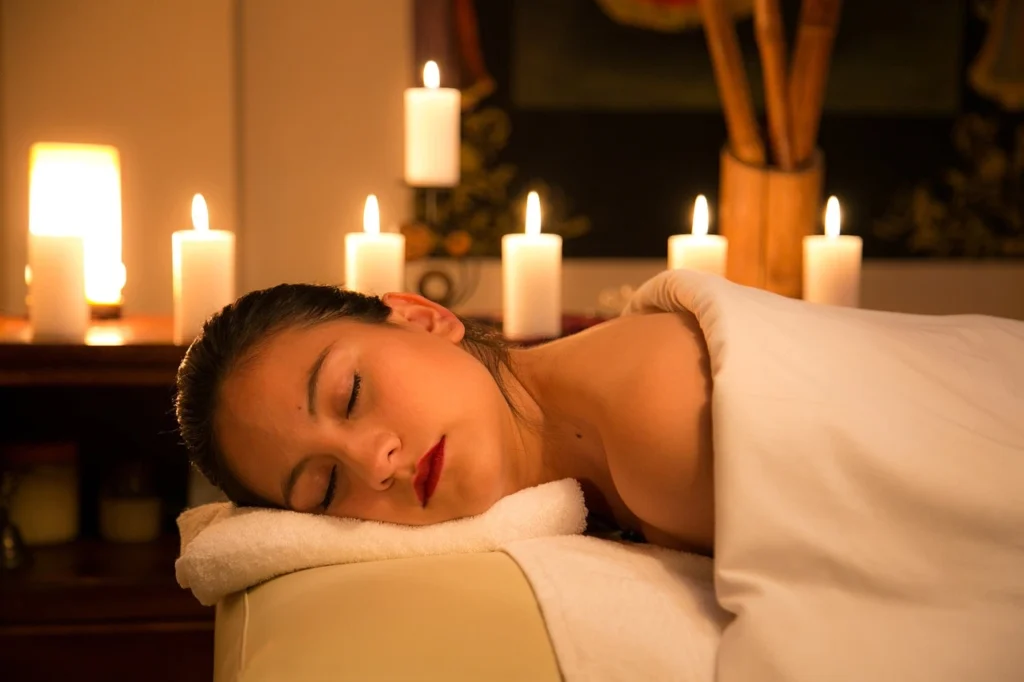
- Chewing,
- making eye contact
- , playing with hair,
- humming,
- light patterns,
- massaging,
- and turning pages
- blending paint
- Individualized care
- Grabbing
- typing
- observing someone focus on a task while whispering
How does ASMR affect the brain?
You see ASMR as an emotion. According to researchers, it has to do with how your brain reacts to different inputs.
In a modest 2018 study (Trusted Source), ten people watched ASMR videos while having an fMRI machine photograph their brains to see what was truly happening. The subjects’ brains displayed activity in the regions linked to emotion regulation and empathy, social interaction, and related activities (like grooming) when they experienced the characteristic tingling sensation.
Furthermore, the researchers at Trusted Source hypothesize that specific neurohormones may be released by the brain as a result of ASMR. They clarify that ASMR is associated with reports of sleepiness, comfort, and relaxation and that dopamine, oxytocin, and endorphins are neurohormones.
The study of ASMR is still in its infancy. However, it’s becoming more evident from anecdotal evidence and preliminary study that ASMR has several advantages:
Instant enjoyment.
The ASMR shivers and tingles can be a very pleasant and calming sensation that appears nearly instantly upon exposure to the stimulation for those who experience them.
Happier disposition.
Eighty percent of participants in a preliminary study reported feeling happier after experiencing ASMR. In patients with higher degrees of depression, the advantages decreased more quickly.
Easing of pain.
According to the same study (Trusted Source), some individuals with chronic pain experienced up to three hours of pain reduction following exposure.
Increased focus.
When you are so focused on something that you lose yourself or your sense of time, it’s referred to as being in a “flow state.” Researchers at Trusted Source have discovered parallels between ASMR and the kind of concentration you’d have in flow.
Improved slumber.
Early studies have demonstrated that by encouraging relaxation and theta brainwaves, ASMR may assist in putting your body and mind in the ideal position for sound, deep sleep.
Additional advantages.
ASMR enthusiasts frequently report decreased blood pressure, fewer migraines, decreased anxiety, and other benefits. Although these are consistent with what has been demonstrated, further research is required to support these assertions.
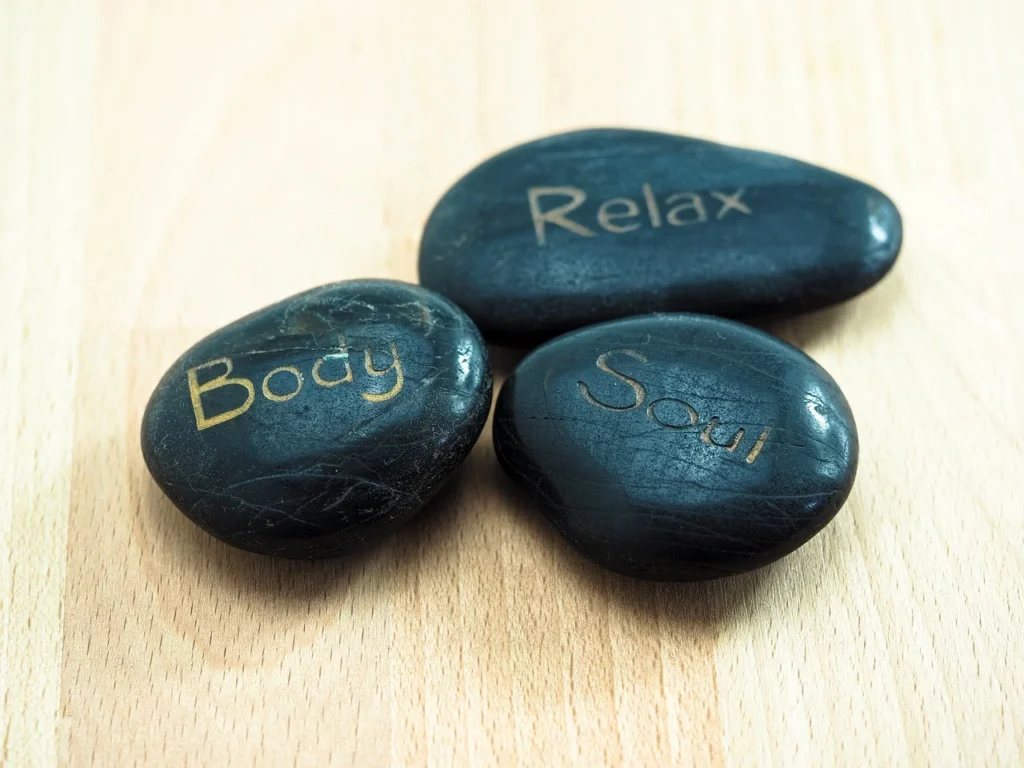
ASMR for various objectives
As ASMR has become more well-known, scientists have been investigating its possible use for various ailments.
Does ASMR aid in the symptoms of ADHD?
The hallmarks of attention deficit hyperactivity disorder (ADHD) are hyperactivity, impulsive behavior, and trouble focusing. Studies conducted by ResearchTrusted Source have indicated that practicing mindfulness or meditation may aid in attention maintenance.
This is a popular ASMR content genre as well, with many channels catering to the needs of ADHD sufferers. However, there hasn’t been any focused research done on it yet.There’s a chance that ASMR could benefit some people who struggle with concentration because studies have indicated that it may improve flow state (concentration)Trusted Source.
Does ASMR benefit those with autism?
It is able to. Scholars have examined ASMR as a possible treatment option for individuals with autism. They discovered that in relation to emotional self-regulation, it might be helpful for stress and anxiety.
Additionally, following a breakdown or period of overstimulation, ASMR may be helpful in calming and soothing.
However, some autistic individuals may have misophonia, or excessive sound stimulation, or even phonophobia, or a dread of noises. In certain situations, ASMR might do more harm than good.In these situations, films that rely on visual stimuli rather than auditory stimuli could be a viable option for soothing videos.
TIs ASMR able to aid in sleep?
TGiven that ASMR is linked to calm and relaxed feelings, it makes sense that it would benefit those who have trouble falling asleep.
TAccording to preliminary studies in this field, ASMR can promote the brain waves necessary for sleep while maintaining a person’s relaxation and restorative state.
When researchers asked people about their use of ASMR in a 2015 study (Trusted Source), a staggering 82 percent of respondents mentioned sleeping. Furthermore, anecdotal data suggests that it may really help you fall asleep, however further research is need in this area.
Is ASMR able to relieve headaches?
Tension headaches are the most prevalent kind of headaches (Trusted Source). Tension headaches, as their name suggests, are brought on by stress or tense neck and head muscles.
While numerous research Although a specialized study has not yet examined the direct correlation between ASMR and headache relief, Trusted Source suggests that ASMR may be helpful in treating headaches.

For the time being, see if it helps to try an ASMR film, try over-the-counter pain medicines, and drink a long glass of water.
Is ASMR able to reduce anxiety?
With anxiety, ASMR may or may not be helpful. First, it relies on how the audiovisual stimuli affect a person’s mood after they’ve seen or heard them.
Research indicates that ASMR can provide a calming effect and lower heart rate by up to 3.41 beats per minute in individuals who find it enjoyable. Additionally, it might strengthen a person’s sense of interpersonal connectedness and, consequently, their sense of wellbeing and camaraderie.


